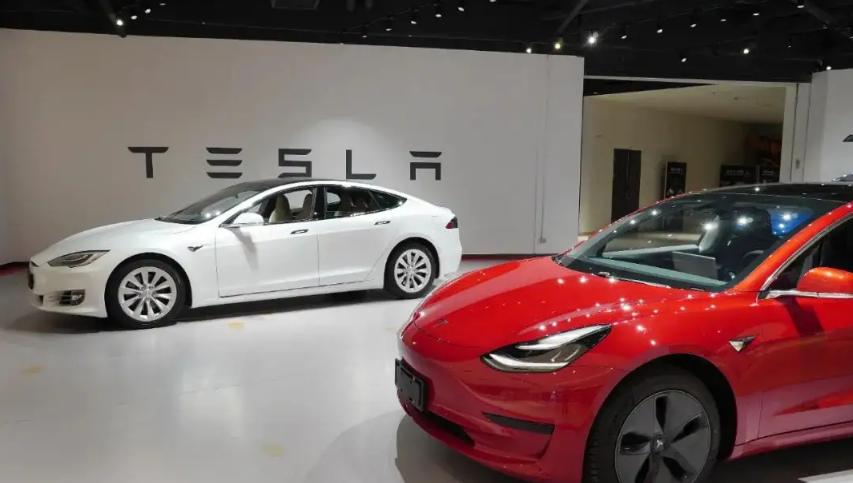The five consecutive increases in oil prices at the beginning of 2022 have made many fuel car owners anxious about the high cost of cars; and just when they have laughed at themselves: "Talking too loudly with new energy owners before", the threshold for becoming a new energy car owner is gradually being raised.

Since the end of last year, the new forces of car manufacturing and the new energy models of traditional car companies have announced price increases, ranging from thousands of yuan to tens of thousands of yuan; there are not many car companies, which have risen twice in just two months. The new energy products that have been ridiculed because of battery life anxiety, car safety, and high battery replacement costs have become the "fragrant food" of the automobile market, and the slightly improved new energy market seems to have given car companies the "confidence" to increase prices.
So, the collective price increase of new energy models was sold too cheaply before, or is the cost too expensive now? In the face of the gradually increasing threshold for new energy models, who is more under pressure from car companies and consumers? In fact, this situation is not without warning, and it may not be a bad thing for the industry as a whole.
Objectively speaking, compared with fuel products, the user acceptance and market penetration of new energy products are still low, and they are still in the early stages of development; it can be expected that "price increases" will not only reduce the cost performance of new energy products, further weaken their competitiveness, but also increase the "trial and error cost" of early new energy, thereby weakening consumers' desire to buy. However, in the face of the industry background of shrinking subsidies and rising raw materials, all models involved in the field of new energy are difficult to stand alone, and behind the "collective price increase" is actually the deep helplessness of car companies.
In the face of "collective price increases", will consumers choose to refuse to buy? From the perspective of the pace of industry development, the development of new energy is the general trend of the industry, leaving aside the perspective of policy support, car companies will also take it as the focus of "competition in the next era", so it will not stagnate. For example, at the recent China Electric Vehicle 100 Forum (2022), Ouyang Minggao, an academician of the Chinese Academy of Sciences, said that "it is expected that the sales of fuel vehicles will be close to the peak this year", indicating that the market share of the new energy market will continue to expand. More and more new energy products will inevitably affect consumers' car purchase options.
From the perspective of consumers, new energy models can bring a new driving experience and more economical car costs, especially in the current era of unstable oil prices, which have stronger advantages. Taking the sales data in February, even after experiencing price increases and encountering the Spring Festival holiday, models such as BYD Qin PLUS, Song PLUS, and Tesla Model Y still get monthly sales of about 20,000 units, which can be called "not worried about selling".
Of course, the far-reaching impact of "collective price increases" cannot be ignored. For the new energy products at the top, in the context of sufficient orders and the need to queue up to pick up cars, a reasonable price increase will not weaken consumers' enthusiasm for car purchases; however, for models whose monthly sales are only maintained at hundreds of units and need to rely on price reductions to maintain sales, "forced price increases" will undoubtedly make their market performance worse.
Therefore, after this round of price increases, the polarization of the new energy market will be more obvious. While the head of new energy products is in a stable leading position, the end of new energy products will also enter the edge of elimination. If the product is not competitive, relying only on policy subsidies or capital investment is not a long-term solution for development, and after the expectation of the "blue ocean market", the new energy market will also enter a more brutal melee.
Conclusion: With the gradual increase of new energy brands and the continuous expansion of new energy production capacity, the price of raw materials will still be in fluctuation; in addition, by the end of this year, the new energy subsidy policy is expected to be completely cancelled, and it can be expected that the future new energy products will become more and more expensive. However, as far as those users who really have a demand for new energy products are concerned, they will still buy, but how to enhance their competitiveness may be a big problem for a long time in the future.